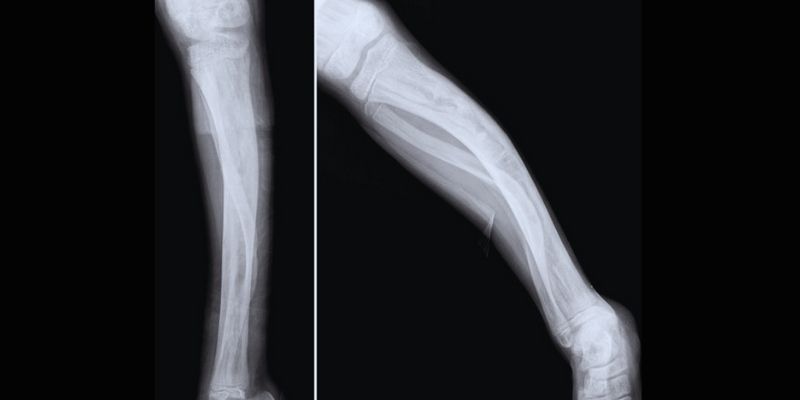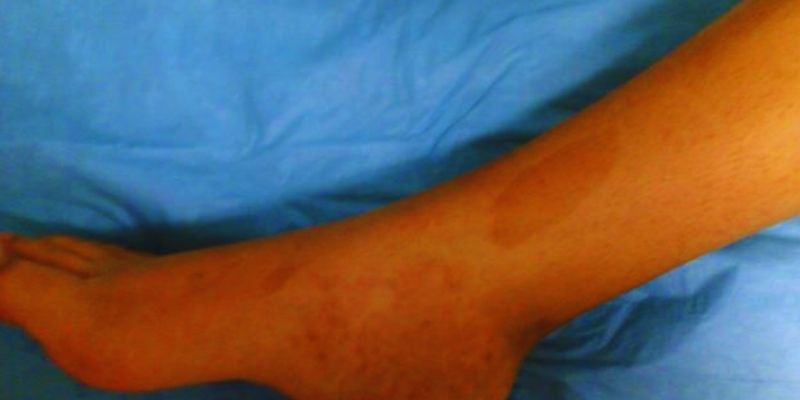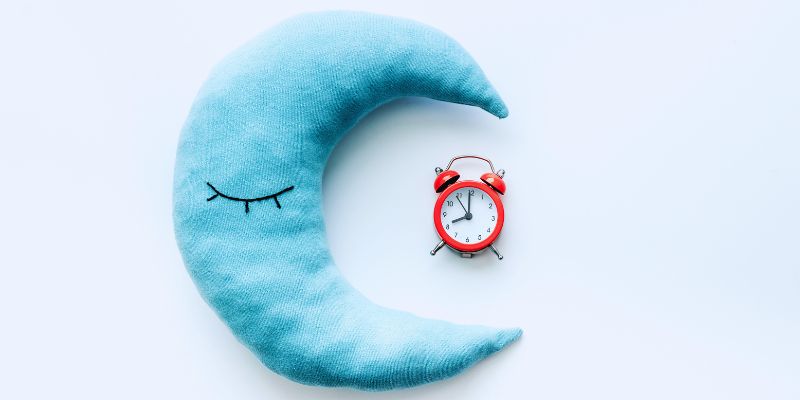The rare bone disorder fibrous dysplasia can affect anyone at any age. Weak and misshaped bones result from fibrous tissue substituting for normal bone. Good treatment and care depend on early recognition of fibrous dysplasia. Many overlook the early symptoms, mistaking them for ordinary tiredness or bone discomfort. Individuals should carefully consider early bone problems and deformities to avoid serious consequences.
The timeliness of diagnosis depends on knowing what to look for. The advice below provides exact details on identifying signs of fibrous dysplasia. One must understand fibrous tissue development in bones and warning indications of bone malformation. Early identification reduces long-term effects and improves patient outcomes. Discover the reasons behind changes and suffering associated with fibrous dysplasia.

What Is Fibrous Dysplasia and Why It Happens?
One bone condition brought on by a gene mutation is fibrous dysplasia. It results in soft, fibrous tissue taking the place of bone. It alters bones so that they are more likely to break. Usually showing up in childhood or adolescence, the disorder is not inherited. One bone, or several bones, could be impacted. Doctors call this monostotic when it affects one bone and polyostotic when it affects several. Typical places are the skull, ribs, femur, and pelvis. Affected bones grow asymmetrically and could lead to pain or obvious defects. Sometimes, people could not show any symptoms. Puberty-related hormones, as well as growth hormones, could cause changes in bones.
The disorder may also present with skin lesions or hormonal problems. These instances fit a diagnosis known as McCune-Albright syndrome. Diagnosis calls for X-rays, scans, and occasionally biopsies. Though medication helps control symptoms, a known cure remains elusive. Early knowledge can stop functional loss in impacted areas and lessen long-term bone deterioration.
Common Early Symptoms to Watch For
Individuals should pay close attention to early symptoms, even if they appear mild initially. One early clue could be a dull ache in bones. Often, pain affects the legs, arms, ribs, or head. The pain could get worse at night or with movement. Weak bones could break under little strain or fall. One could see or feel swelling or lumps on bones. Particularly in the legs or arms, uneven bone development could cause abnormalities.
Some youngsters start to limp or have posture problems. When skull bones are damaged, facial asymmetry or headaches could follow. Growing children can have unequal limb lengths. Often light brown in appearance, skin patches may develop. Syndromic patients often feature these café-au-lait patches. Hormonal issues, such as early puberty, may also be present alongside other symptoms. Doctors and patients should never ignore the warning signs. Symptoms could develop without clear reason. A doctor's visit is crucial when these symptoms persist or worsen.
Signs That the Condition Is Getting Worse
Bone structure and function may alter dramatically as one progresses. Over time, chronic pain could worsen. Uneven development could cause bones to curve or bend. Even with little collisions, fractures can happen more frequently. Facial bones could either enlarge or deform look. Involvement of the skull could result in visual or hearing loss. Numbness or weakness can result from pressure on nerves. Leg defects can make walking difficult. Variations in limb length could become increasingly evident. Curving spinal bones causes scoliosis.
These advanced modifications could restrict daily activities. Jaw enlargement might impede speaking or chewing. Some people find that their condition stops developing following puberty. Others find their symptoms getting worse. Additionally, becoming increasingly severe are hormonal abnormalities. Frequent medical scans enable tracking of illness developments. Treatments could call for medications or surgery to slow down bone degeneration. Early action and close observation help to limit lifelong problems and enhance quality of life.
Diagnosing Fibrous Dysplasia Accurately
A physical exam and medical history are the foundation of accurate diagnosis. Many times, doctors inquire about past fractures and suffering. Imaging studies reveal affected bones, while X-rays display unusual bone patterns and structural changes. Clearer views of bone structure come from CT or MRI studies. Bone scans can find growing active regions. Sometimes, a bone biopsy supports the diagnosis. Blood tests are not always useful, though they sometimes rule out other disorders.
Children showing symptoms should visit a specialist early on. Usually involved are orthopedic and genetic experts. Diagnosis can reveal if the condition affects a single bone or multiple bones. Understanding the kind guides treatment. Prevention of harm depends mostly on early detection. One should not overlook warning signals about bone deformities. Delayed diagnosis can cause more problems. Doctors could also look for hormonal issues. Skin changes can offer hints about a larger syndrome. Managing care could call for a complete medical team.
Treatment and Management Options Available
Although there is no cure, several treatments assist in controlling symptoms. Usually, the first step is relief of pain. Doctors could advise over-the-counter analgesics. Medications slowing down bone loss are bisphosphonates. For some, these could ease suffering. Deformities or fractures may need surgery to correct. Plates or rods can help to stabilize brittle bones. Bone grafts could close holes brought on by tissue expansion. Walking aids or braces address mobility problems. Hormonal issues call for different approaches.
Endocrinologists manage these symptoms in part. Tracking changes in bones depends on regular follow-ups. Growing children could require more help. Early physical therapy enhances mobility. A balanced diet helps bone health. Steering clear of high-impact sports lowers your chance of fractures. Support groups assist with emotional difficulties. The severity and location of the disease determine the different treatments. Prompt treatment lessens problems. Often, the best outcomes for patients come from a team-based approach.

When to Seek Medical Attention?
Any unexpected or persistent bone pain should cause one to visit a doctor. Pain that worsens without injury is a clear warning sign. Bone swelling or deformity requires medical evaluation. Regular fractures from little bumps can point to a problem. Headaches accompanied by facial changes could point to skull involvement. Children should have unequal limb length checked. One should not overlook postural alterations or limping. Children's sudden hormonal shifts also cause great worry. Light brown skin patches could be indicators of a condition.
Parents should know early puberty symptoms. Medical imaging can support doubt confirmation. For a correct diagnosis, one should see an expert. Early visits enable the beginning of treatment before damage develops. One should give bone deformation warning signals great attention. Delayed treatment raises the chance of problems. Note your symptoms and share them with your doctor. Do not wait for great suffering to act. Early intervention helps to preserve bone strength and enhance results.
Conclusion:
Faster diagnosis and treatment follow from better awareness of the warning symptoms of fibrous dysplasia. Early recognition of fibrous tissue bone condition helps to avoid problems. Monitoring for deformities, fractures, or bone pain helps to preserve long-term health. Get help when changes start to show or hurt. One should never overlook warning signals related to bone deformities. A medical team can direct appropriate treatment and track development. Treatments enhance the quality of life and assist in the control of symptoms. Knowing the reasons for fibrous dysplasia helps one make wise selections. Early intervention gives the best possibility for stronger bones and good results.











